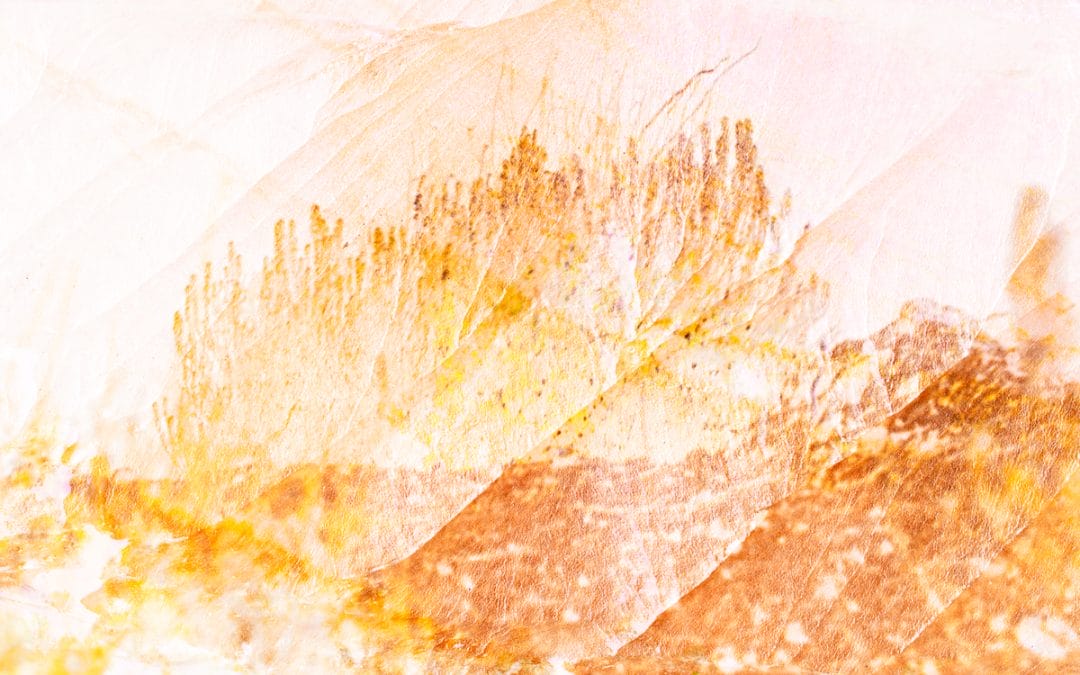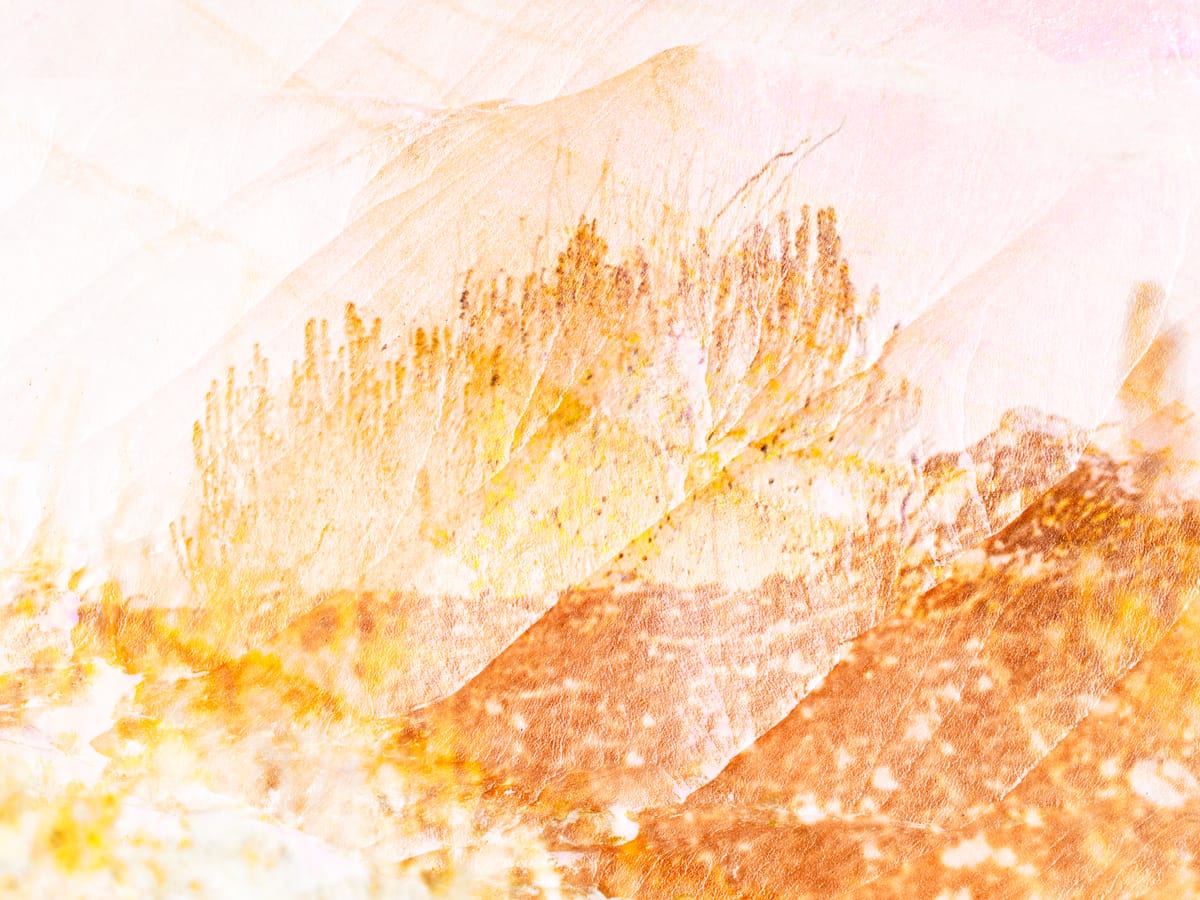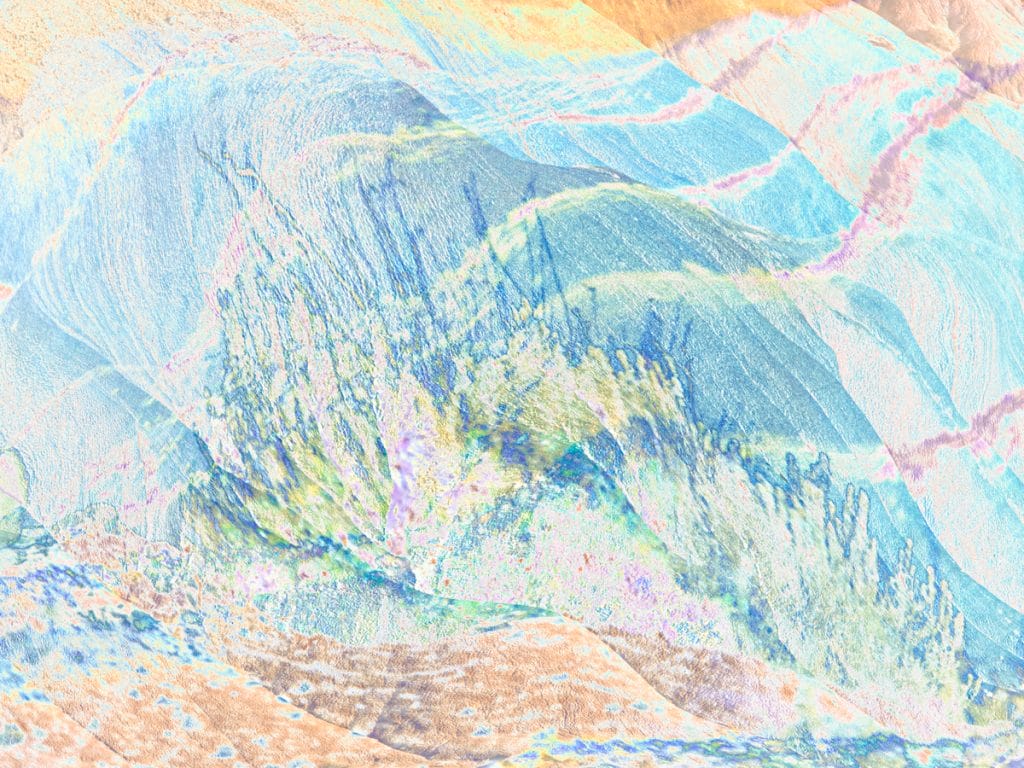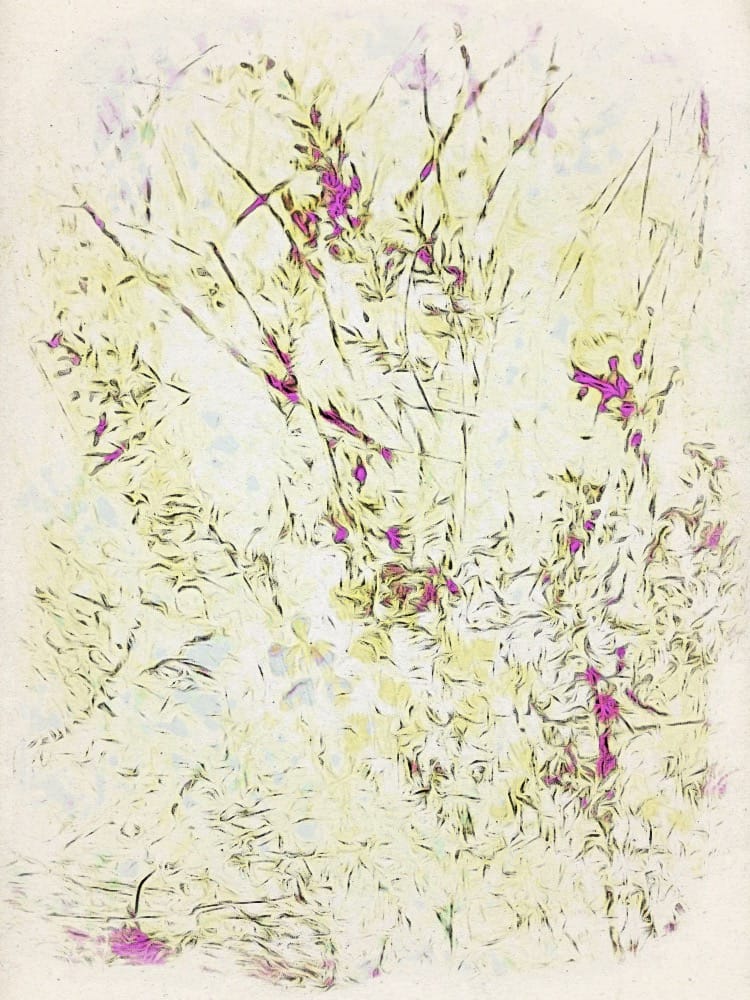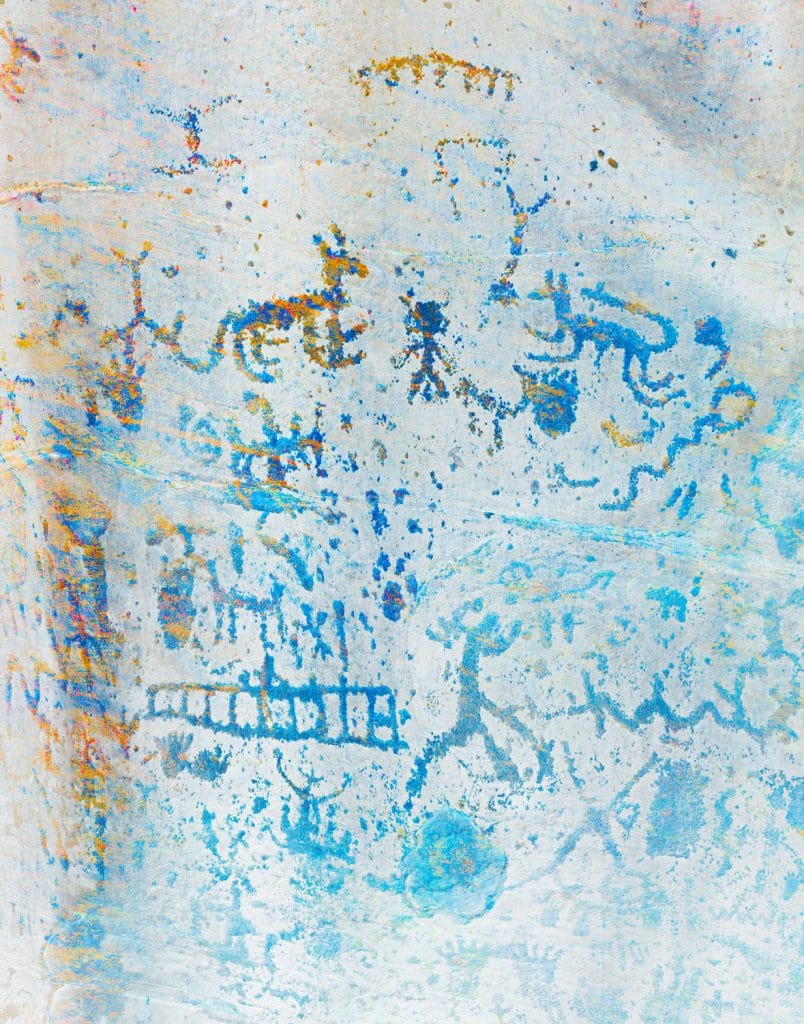A dictionary definition is:
Abstract art is a form of art that shifts away from depicting objects from the physical world, aiming instead to express something beyond the tangible.
The Latin origins of abstract is the combination of the roots ab-, a prefix meaning “from” or “away,” with the verb trahere, meaning “to pull” or “to draw from.”.
Introduction to Abstract Desert Art
Abstract desert art captures the essence of arid landscapes, bringing them down to their fundamental forms, colors, and textures. Unlike realistic art, abstract art invites viewers to enter the work with their own emotions and interpretations. Abstract desert art is the main focus of my work. By blending multiple images into a single composition, I create a fresh experience that adds depth to my journey.
The Attraction of Abstract Desert Art
There is an immense amount of spaciousness in the desert, inviting exploration and participation. Many drive through the southwest United States at great speed while thinking about something else. For those who pause to embrace the silence and vastness, there lies a unique opportunity to witness the connection between the land and sky. It is a rich experience that easily translates into abstract desert art.
This form of art conveys a timelessness to my memories of the desert that beckons and reminds me of spaces where I can be open to the essence of life on this planet. Desert abstract art conveys a sense of simplicity in our complicated world.
Colors in Abstract Desert Art
The color palette of abstract desert art is both restrained and evocative. Earthy tones such as ochres, siennas, and oranges show the natural hues of sand and rock. However, reds, greens, blues, and yellows are regular components of my palette to show how life-bearing this world is.
All of my prints are in color to share the full intensity of the life I experience in the desert.
Textures in Abstract Desert Art
Texture plays a crucial role in my abstract desert art. Many artists incorporate mixed media, such as sand, clay, or fabric, to mimic the tactile qualities of the desert. There are various ways to create texture in photographic prints. Many of these techniques are borrowed from painters, but work equally well for photography processing.
A painterly quality is often present in my prints, creating a sense of ambiguity that makes the viewer question whether it’s a painting or a print. This approach encourages the viewer to engage more deeply with the piece, peaking their curiosity, and drawing them into the art.
Themes of Time and Transience in Abstract Desert Art
Deserts are powerful symbols of time and transience. The shifting sands and eroding rocks remind us of nature’s ceaseless transformations. Abstract desert art often reflects this impermanence, with compositions that appear fluid and ever-changing.
With every glance into the desert, one is presented with events that happened millions of years ago. It is impossible to feel anything but a minor player in the history of our planet. For me, there is a quiet gratitude for participating in each moment. I am a part of this time that is a part of an unimaginable number of times from before. Much of my abstract desert art shows a timeless and unpredictable quality in the portrayal of the elements and colors in the print.
Minimalism and Negative Space in Abstract Desert Art
Minimalism is a defining feature of abstract desert art. By focusing on essential elements and eliminating extraneous details, I create compositions that are both inviting and contemplative. Negative space—the empty areas within a piece—is used to evoke the vast emptiness of the desert. This approach invites viewers to pause and meditate, mirroring the stillness experienced in the desert.
The initial image from the camera cannot express these experiences. It is in the processing of my abstract desert art that my art comes to life. The most technical parts of my art are in the capture and printing of my work. All of the art comes in the processing of the image to make a tangible experience of my time in the desert.
Modern Interpretations of Abstract Desert Art
I am a contemporary artist who innovates within the realm of abstract desert art. Digital tools allow for new forms of expression. These are integral to my art. I merge traditional techniques with modern aesthetics, blending ancient desert motifs with bold, geometric abstractions. These modern interpretations ensure that abstract desert art remains relevant and dynamic.
Emotional and Cultural Resonance
Abstract desert art resonates deeply on both personal and cultural levels. For some, it evokes a sense of nostalgia for vast open spaces and childhood memories of the desert. For others, it represents
- Freedom
- Solitude and
- Resilience.
Culturally, deserts often hold
- spiritual significance
- Symbols of desolation and renewal, as well as
- Experiences exploring humanity’s relationship with nature.
Whether hung in a home or gallery, these works provoke thought and inspire connection.
Conclusion
Abstract desert art is a celebration of minimalism, texture, and the timeless beauty of arid landscapes. By distilling the desert’s essence into abstract forms, artists create works that transcend the physical and delve into the emotional and spiritual. Whether through muted tones, tactile textures, or innovative techniques, this art form captures the desert’s profound allure, offering a visual and emotional journey for all who encounter it.
Join me on this vibrant adventure where each print tells a story and every creation reflects a memorable moment in time. By signing up, you’ll gain exclusive insights into my artistic process, discover the inspirations that can fuel your work, collect art from a new frontier of photography, and be the first to witness new pieces as they come to life. Let’s embark on this journey together, cultivating creativity and connection along the way. Your presence will add a beautiful layer to this experience, making it all the more enriching.

